Or, Wetlands I Have Known
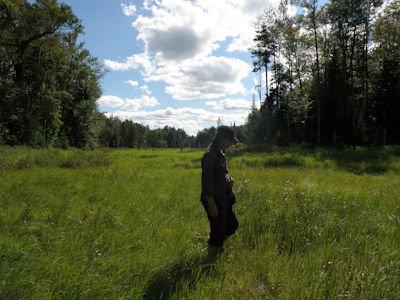
Adirondacks Bog. Roaming this environment and feeling the wind blowing across the open expanse
They are also the main source of peat (also known as ‘turf’). Peat is made up of decomposing plant matter and is a fuel for people in places where there is a lack of other sources, such as trees. There is an abundance of peat on this planet. If you put it into the reductionist terms, peaty areas contain 8 billion terajoules of energy, which to put simply, is a shit-ton. This stuff is pre-coal, g
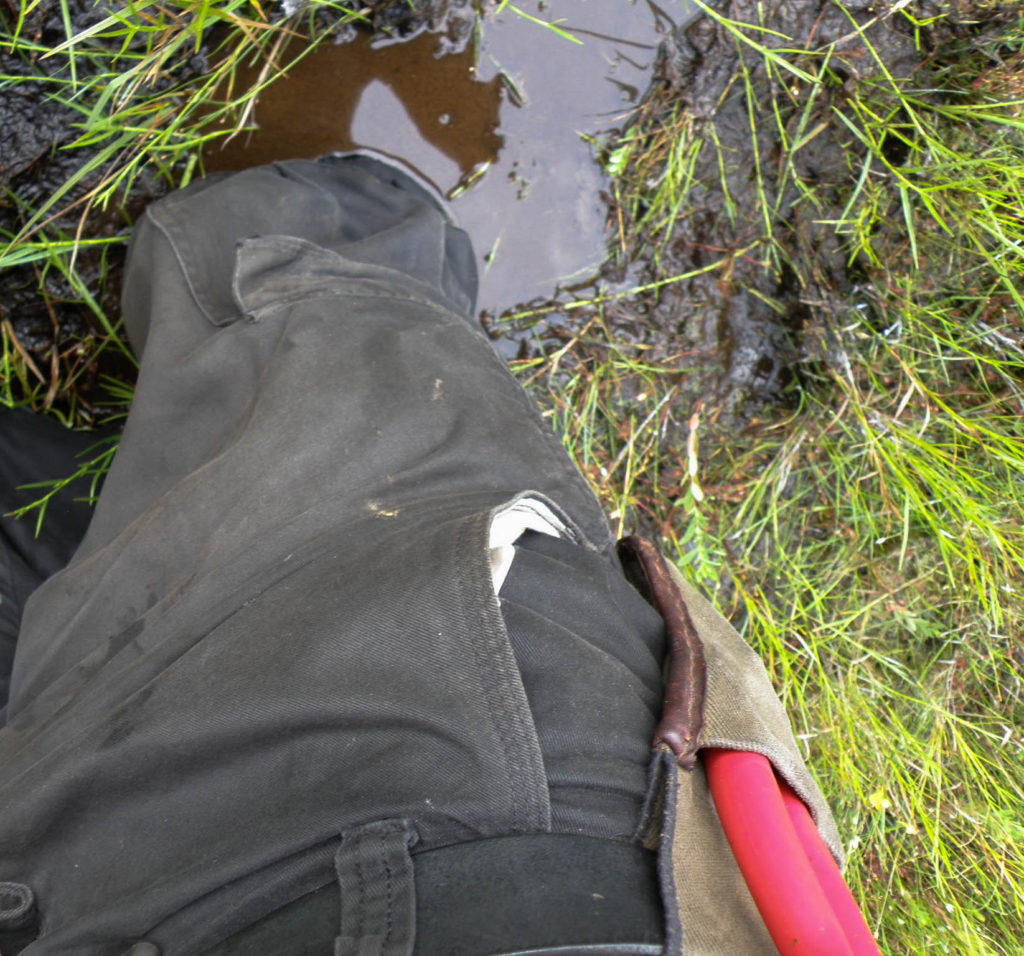
Bogs have popular appeal in descriptive terminology, such as getting ‘bogged down’. While it often reflects negative attributes, they still conjure the primordial bog.
Getting bogged down is the case when actually walking in bogs. Each step may have one’s feet sink ever deeper, until you finally find a place with some sturdier earth that will support your weight. But it’s usually just a short matter of time before you sink back into the quagmire (another word for bog).
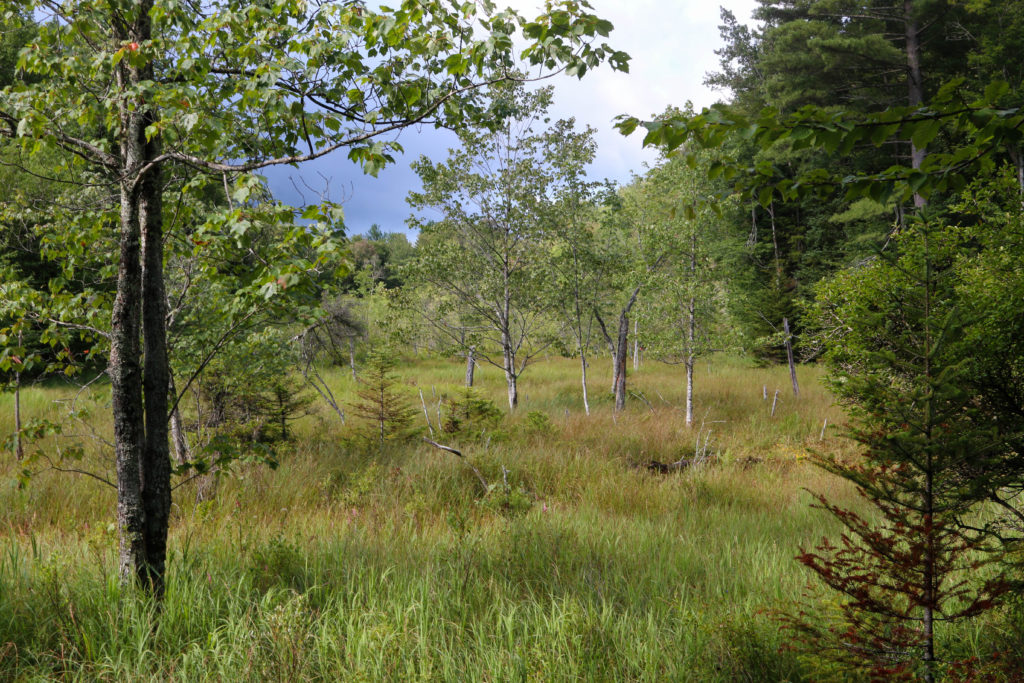
Swamp, Adirondacks, NY 
McLean bog, NY. 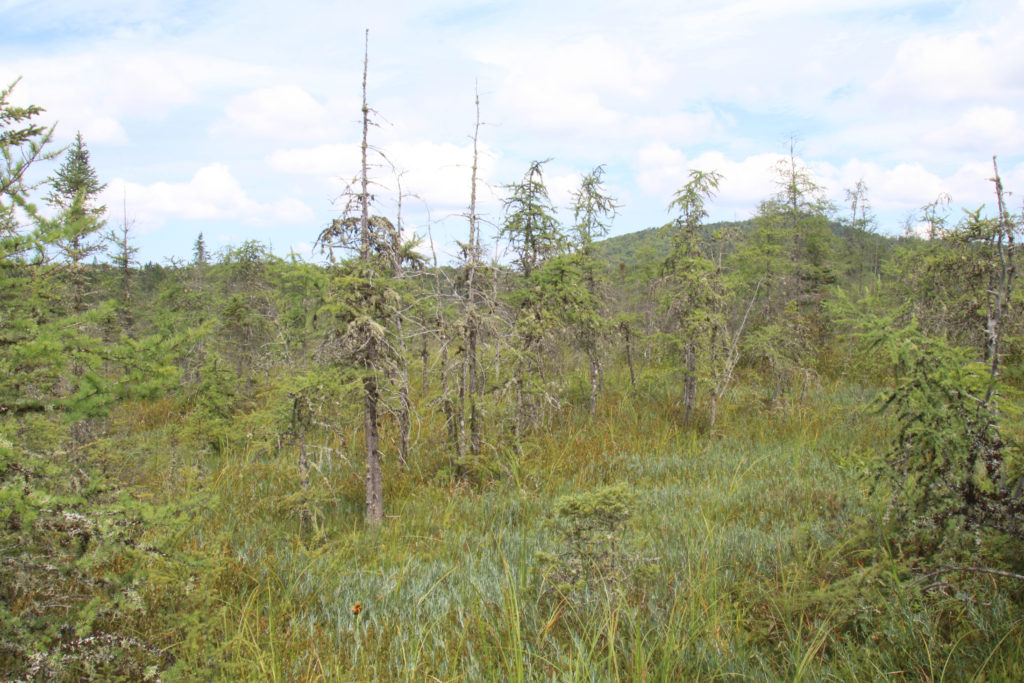
Bog, Adirondacks, NY
The term ‘bogginess’ shows up in health care, as a sort of constitutional diagnosis. A boggy constitution is one where everything moves slowly, whether it is gastrointestinal enzymes, immune competency or ways of thinking. It seems an apropos description, for this is how bogs work. With little in-flow adding to the water table there is little movement. It is easy to consider this scene in someone who has sluggish conditions. The difference here is that the bog ecology is healthy in itself and doesn’t require any alteration.
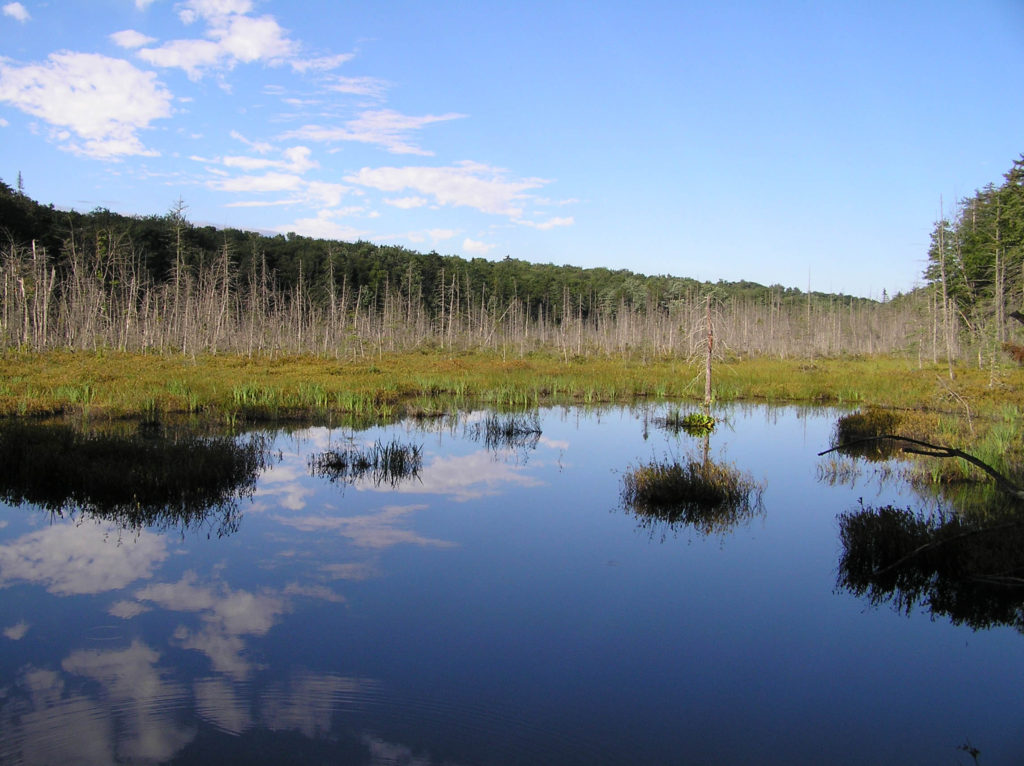
Swamp, Adirondacks, NY 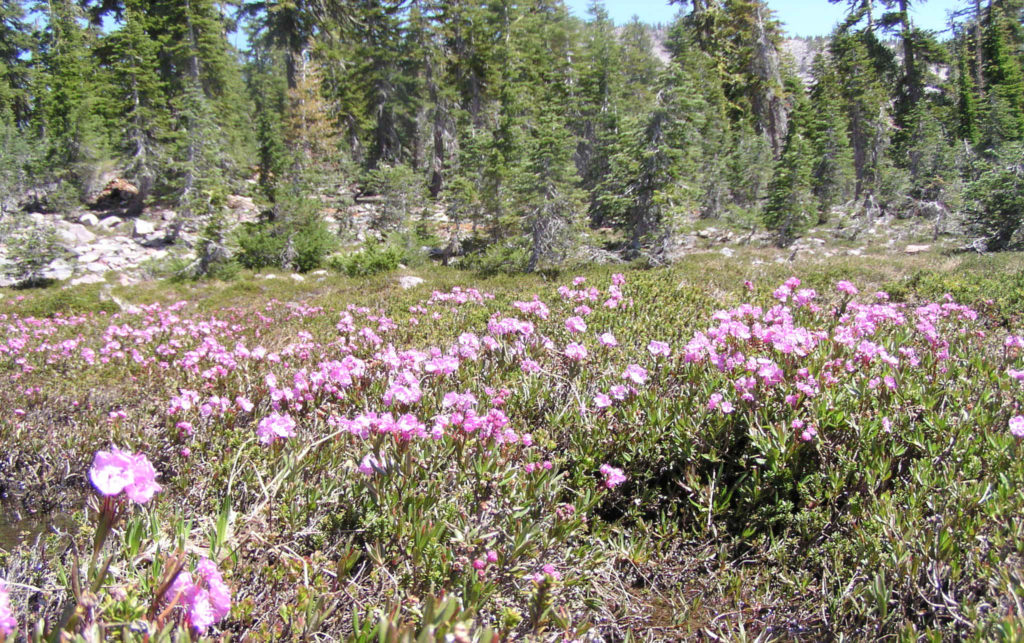
Bog laurel (Kalmia polifolia). Panther meadow, Mt. Shasta, CA
There are, of course, plants to see here. What more interesting group of plants are there than the carnivorous ones? It is amazing how a group of phylogenetically unrelated plants could evolve diverse novel strategies to acquire the food they cannot obtain the way most plants do. That is, they have learned to trap various small organisms, such as insects, nematodes and other diminutive life-forms to supplement their meager soil food. All of the below descriptions are just snippets of how these plants do the deed, there are many excellent resources available for further elucidation of these fascinating contrivances,
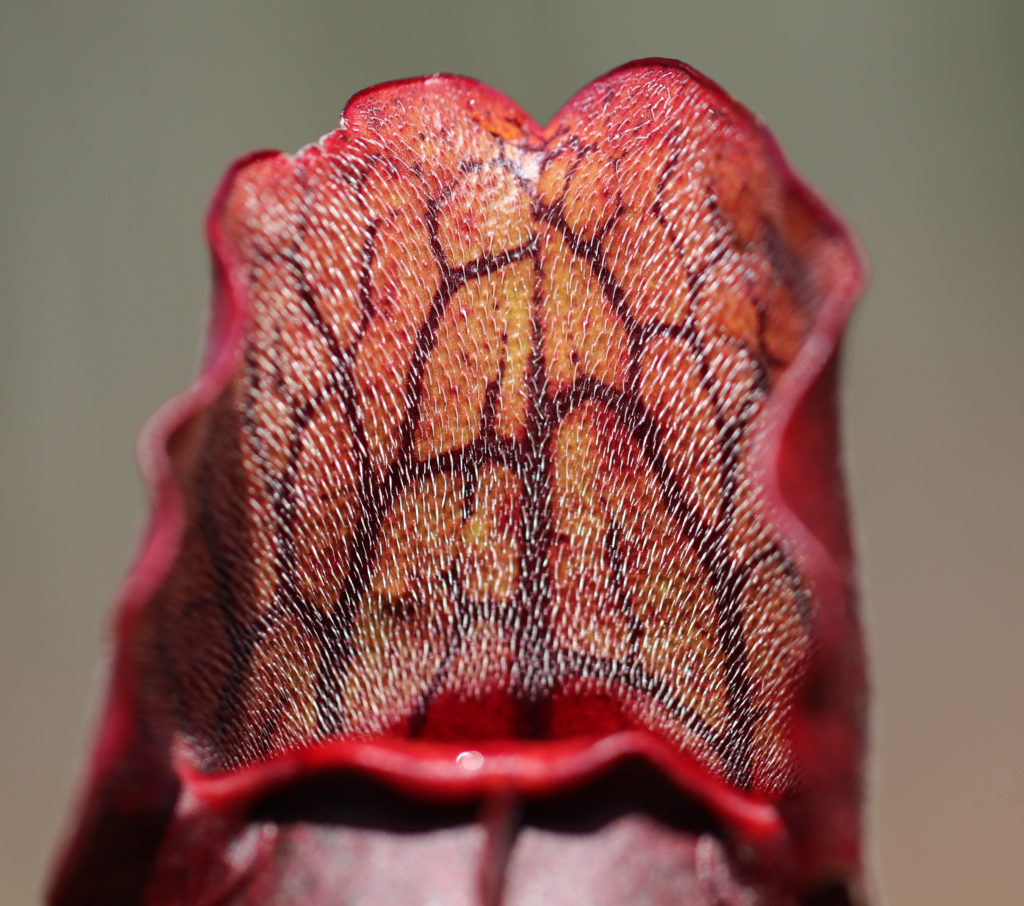
Pitcher plant (Sarracenia purpureum). 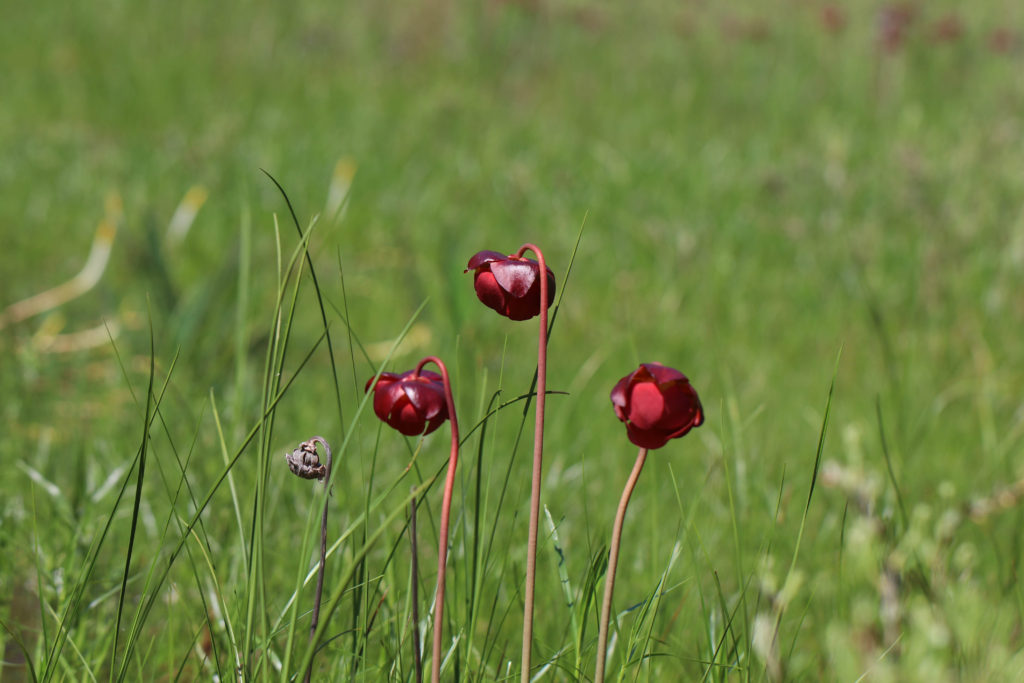
Pitcher plant (Sarracenia purpureum). McLean bog, NY 
Pitcher plant (Sarracenia purpureum). McLean bog, NY
While the Venus fly-trap is often the plant most conjured in people’s minds with its teethy leaves, it actually has a very small growing region restricted to the Carolina’s. The most common carnivorous bog plants are the Sundews (Drosera species, Droseraceae). While they are not all that big and showy, they are handsome plants. The flowers are attractive but it is the leaves that lend them their elegance. Their shiny dewdrop nature with bits of enticing fluid on the tips of the hairs which help trap prey. Yes, prey – plants trapping animals. This helps give life on earth a fresh balance. After the insect lands, it becomes entangled in the sticky hairs and is further trapped as it tries to free itself. The leaf then starts to curl up to further ensnare the insect and begin the process of protein digestion until just a skeleton is remaining. Isn’t nature lovely?

Venus flytrap (Dionaea muscipula).
I like the look of Drosera, the bright red leaves against the green and red sphagnum. Sometimes large swaths of it color wetland landscape. There are a number of species, usually obvious by the shape of its leaves. All of them designed to grab a meal, so next time you are in a bog take a closer look at these beauties and perhaps you will see one in action.
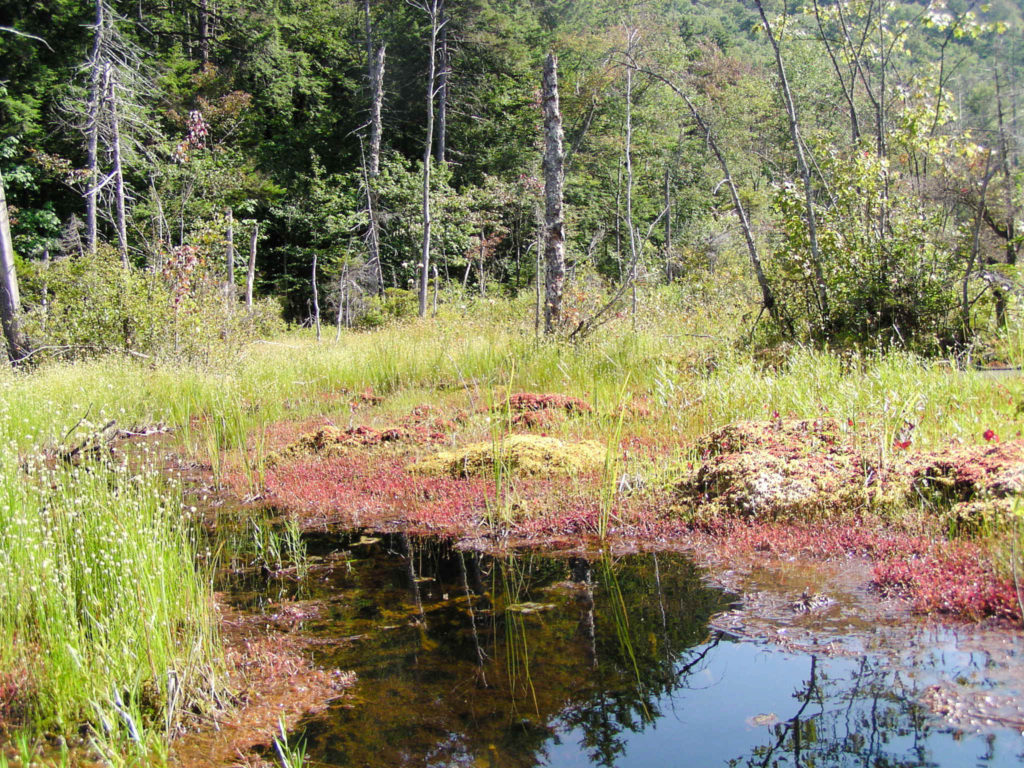
Sundew (Drosera intermedia). Adirondacks, NY 
Sundew (Drosera intermedia). Adirondacks, NY 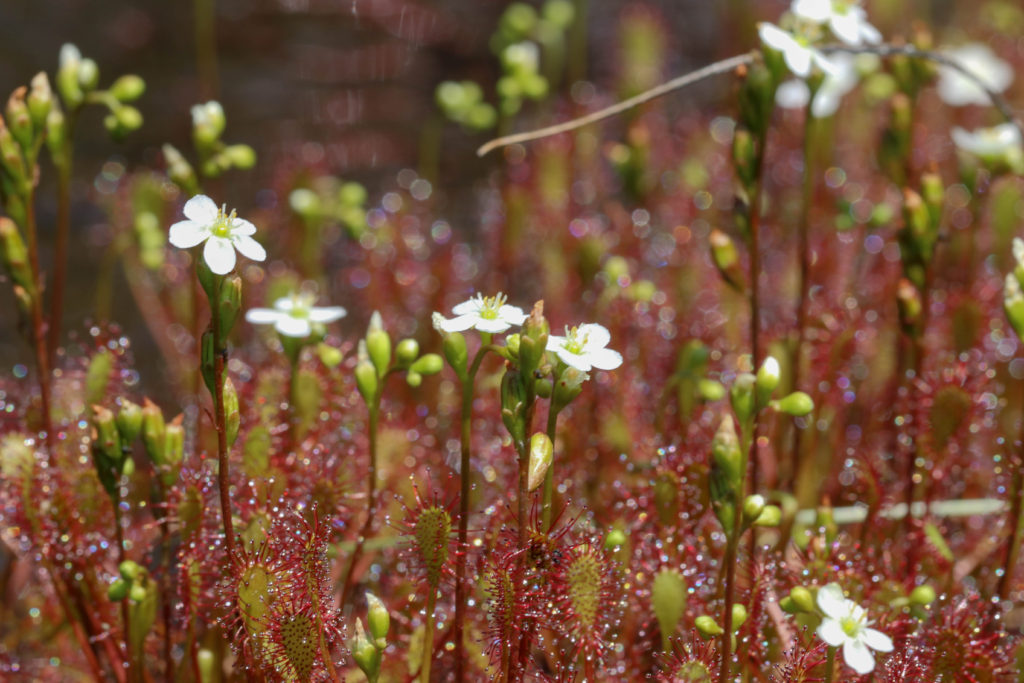
Sundew (Drosera intermedia). Adirondacks, NY 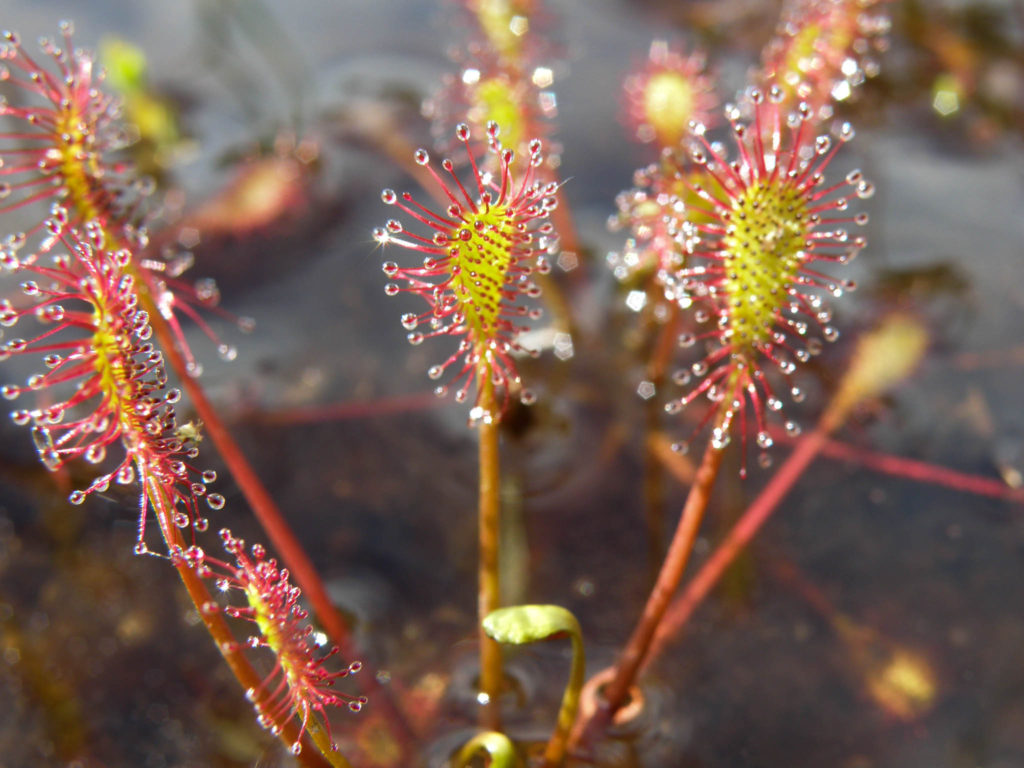
Sundew (Drosera intermedia). Adirondacks, NY
Two other common carnivorous plants are the Bladderworts and Pitcher Plants. Pitcher plants (Sarracenia purpurea, Sarraceniaceae) often capture people’s attention right off with their lovely towering pitcher-like leaves. And while the petals fall off the flowers early, the rest of the inflorescence (flowering stem) is conspicuous and adds to this plants allure. Like Sundew, the colors of Pitcher Plants are red and green, but the red is more of a brick
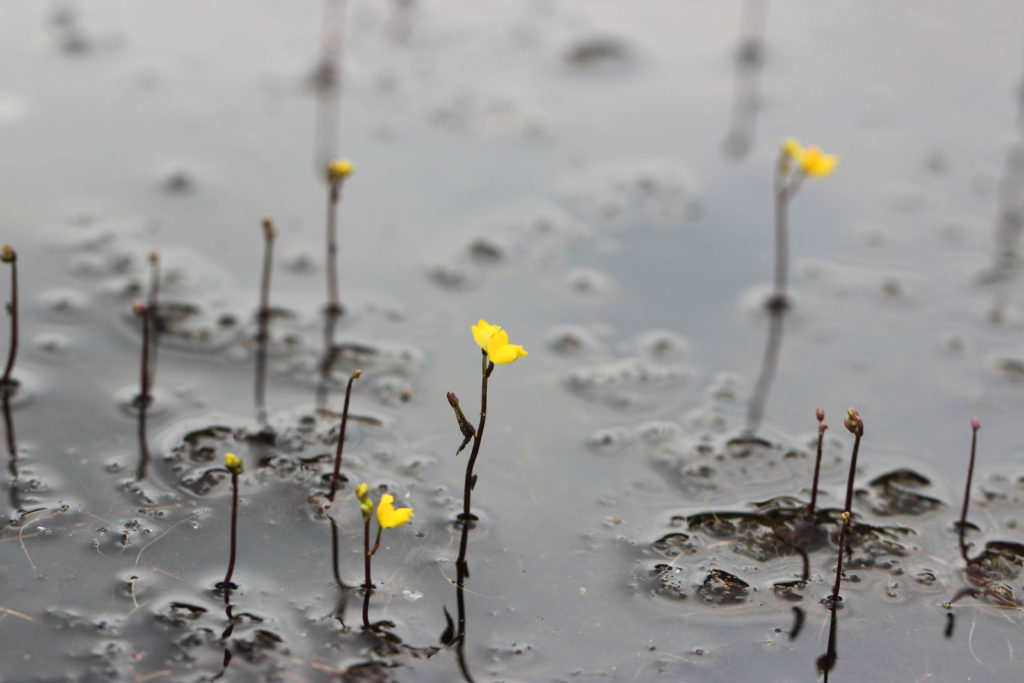
Bladderwort (Utricularia geminiscapa). Adirondacks, NY 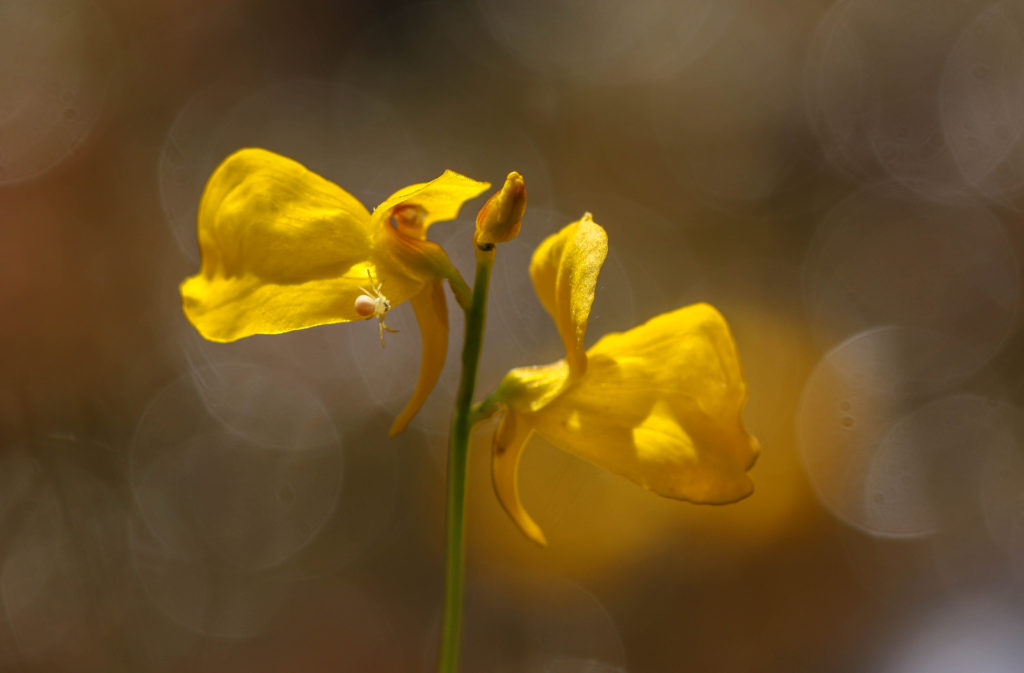
Bladderwort (Utricularia cornuta). Adirondacks, NY 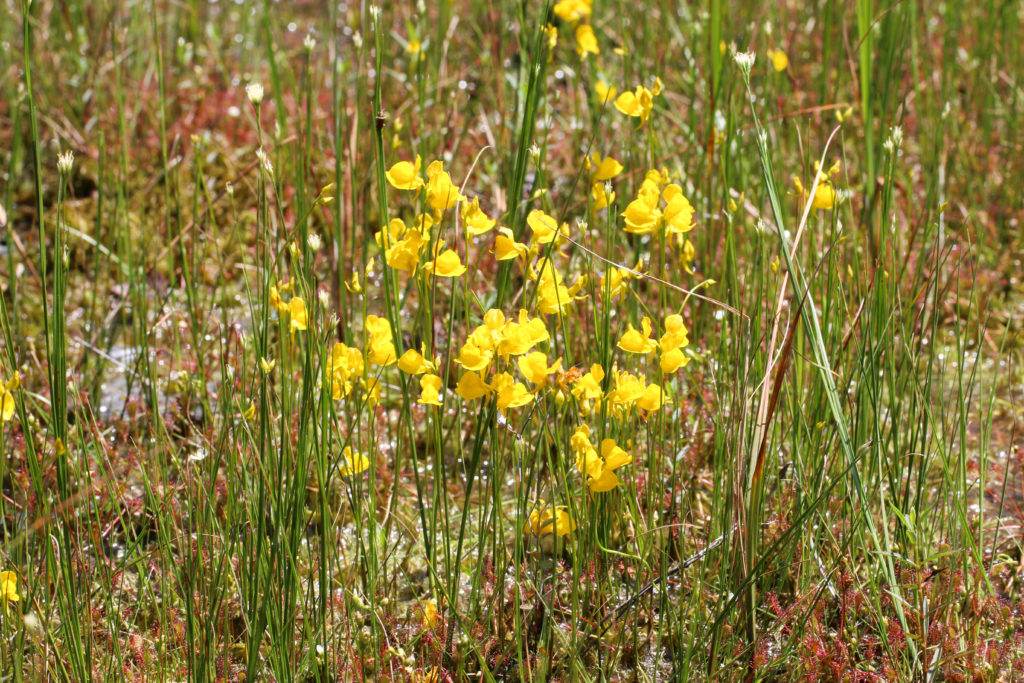
Horned bladderwort (Utricularia cornuta). Adirondacks, NY
While sticky hairs entrap little critters in the sundews, the pitcher plant has a different strategy (but same ends, more food). The leaf is shaped in a way that holds water. And within this water there are proteolytic enzymes that break down those creatures that cannot escape. Adding to this device, there are downward pointing hairs along the leaf making it harder for anything of a certain size to crawl out. And below that it gets mighty slippery. The insect that is drawn to the color and venation of the leaf lands and starts getting moved down the pitcher by the hairs and then starts sliding into the watery cup. From there it drowns and enzymes and bacteria do the rest of the work to help dissolve it into a Sarracenia-sized meal. You can often see remnants if you look in the prominent leaves. I don’t know if I have ever taken any group to a bog without someone inquiring about sticking their finger into the water at the bottom of the modified leaf (the more adventurous inquire about drinking it… bad idea, chaps).
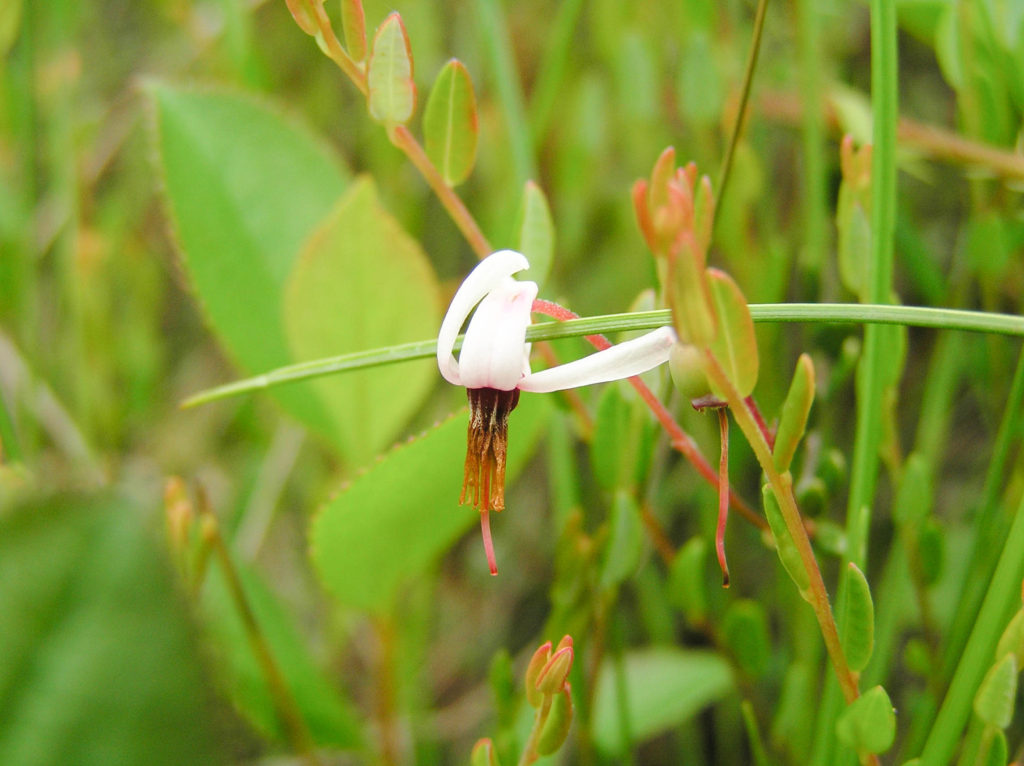
Cranberry flower (Vaccinium oxycoccos). Cranberry glade, WV. 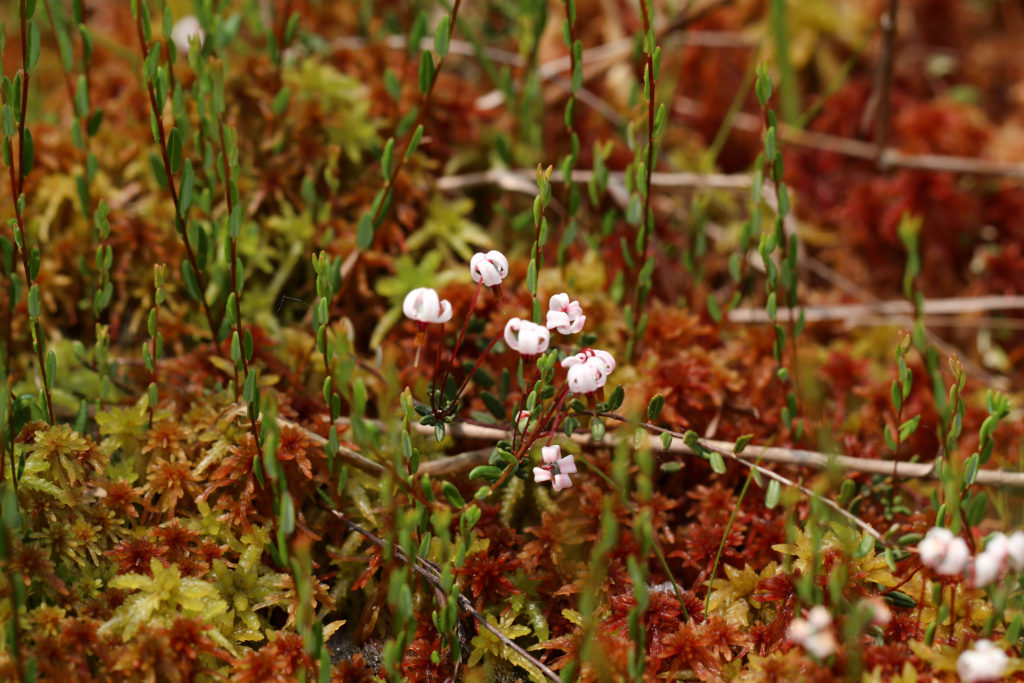
Cranberry plant (Vaccinium macrocarpon). McLean Bog, NY 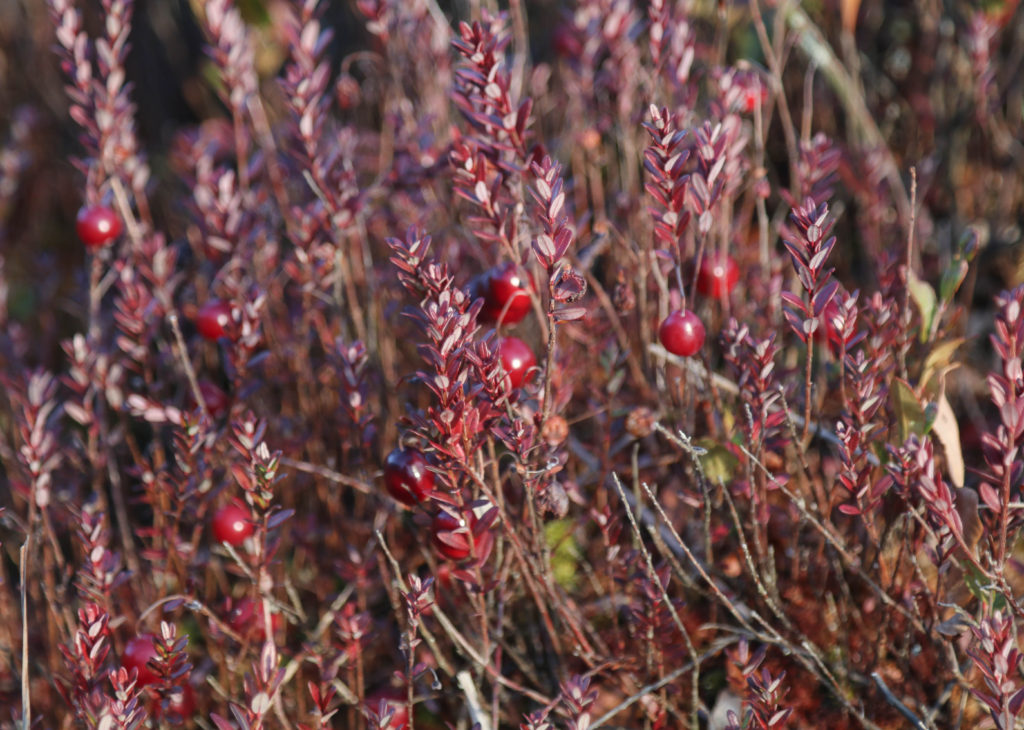
Cranberry plant (Vaccinium macrocarpon). Chicago Bog, NY
The Bladderworts (Utricularia species; Lentibulariaceae) have a very different sort of entrapping device. They use small bladders attached to their water-submerged parts that open quickly, sucking in both nearby water and the varmint that sets off this trapping mechanism. It then shuts close, thereby diabolically ensnaring the unsuspecting creature. And once again, enzymes and bacteria do their work. The whole trap takes a thousandth of a second or so to do this. Yup, that fast. Later, it will open up and discharge the skeletal remains, alter its internal pressure and prepare for its next meal. There are many of these nodule traps scattered along the underwater parts of the plant (I say parts as they are not very well delineated in Utricularia). The size of the bladder (the ‘utricles’) determines the size of the prey it can capture. Some are large enough to suck small tadpoles in, though the critters tend to be much smaller, something our eyes may barely discern.
![Leaf-tomentose, Tea plant, Toxic, Labador tea Rhododendron [Ledum] groenlandicum McLean bog](https://7song.com/wp-content/uploads/2019/01/Rhododendron-Ledum-groenlandicum-Ericaceae-Labador-tea-McLean-bog-Mclean-NY-May-29-2018-6-of-7-1024x683.jpg)
While carnivorous plants are one of the more unique plants of bogs, there are others that have evolved to live in this environment. The Ericaceae -the Blueberry family-have many bog-tolerant species. Some of these are quite tasty and have been drawing humans and other animals to snack here for a while, the most notable being cranberries and blueberries (Vaccinium spp). Other members of this family include Bog Rosemary (Andromeda polifolia), Leatherleaf (Chamaedaphne calyculata), the aromatic Labrador Tea (Ledum groenlandicum) and the especially lovely Bog Laurel (Kalmia polifolia). The Ericaceae are acid soil tolerant plants in general so I guess it is not such a big jump to find them in this acidy ecosystem. But still, it is interesting to see how a family of plants have evolved with their habitat.
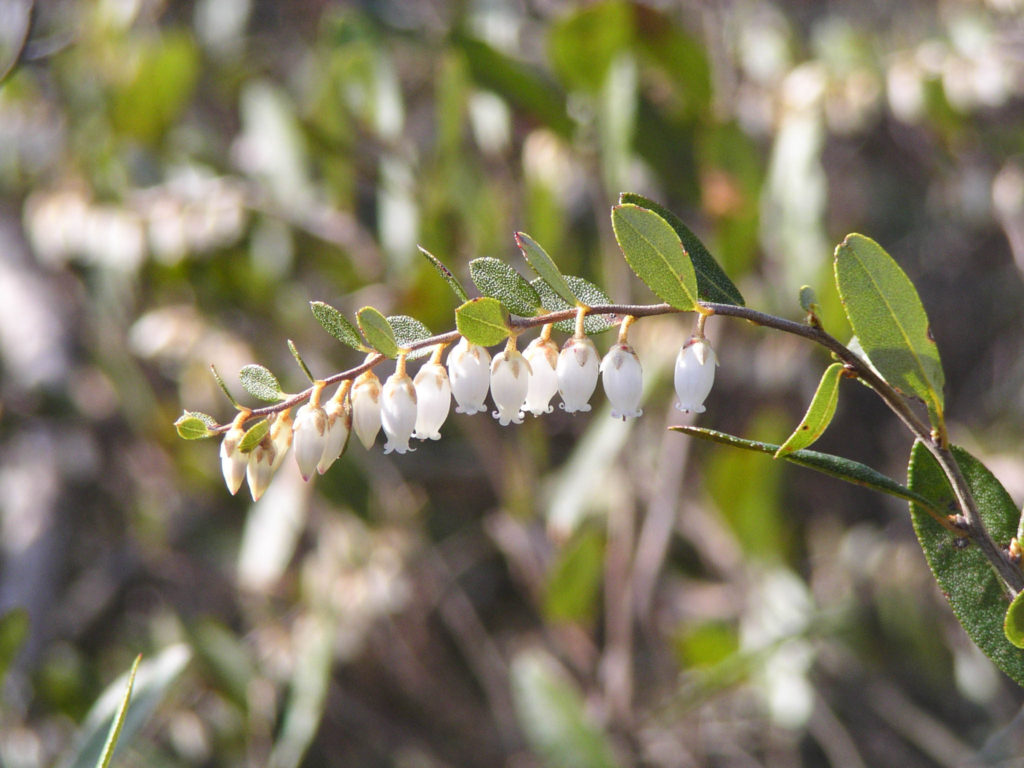
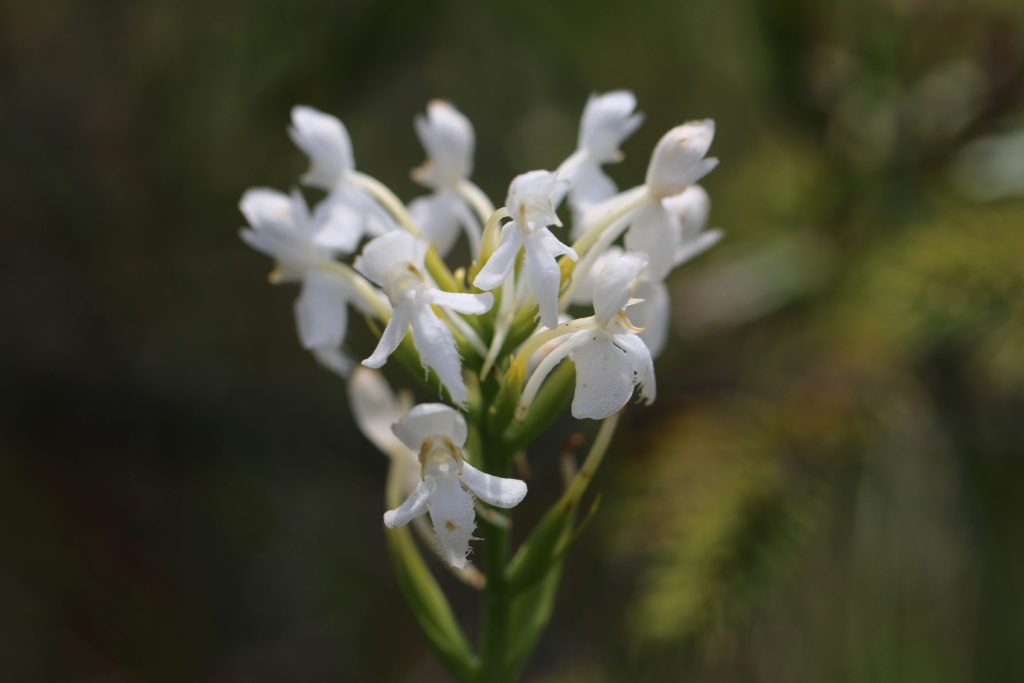
White fringed orchid (Platanthera blephariglottis). Adirondacks, NY 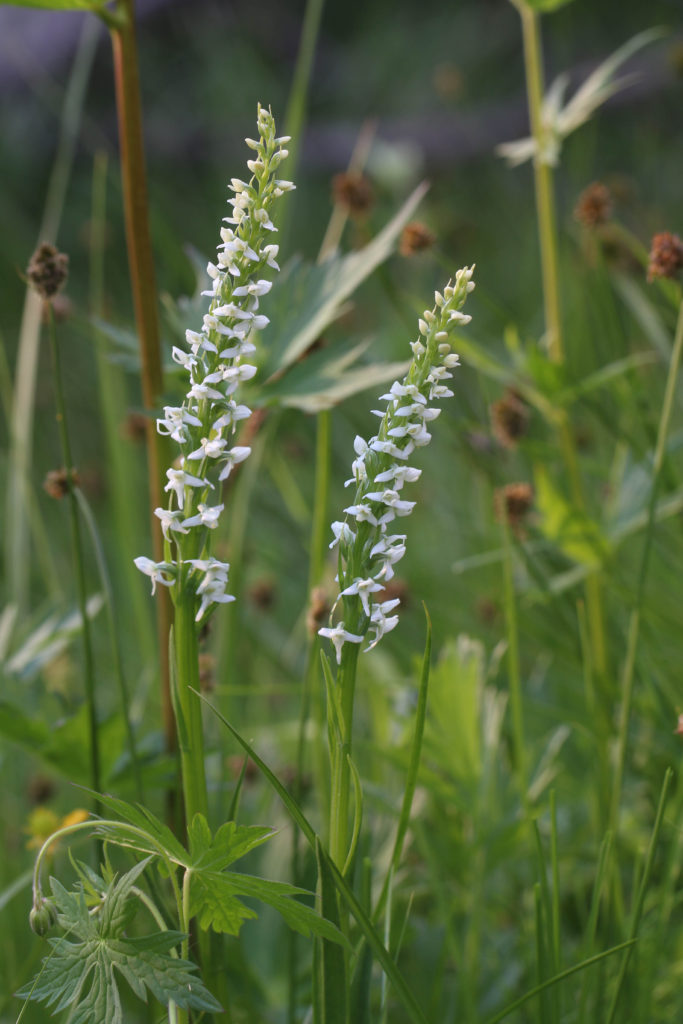
White bog orchid (Platanthera dilatata). Uinta-Wasatch-Cache NF, UT 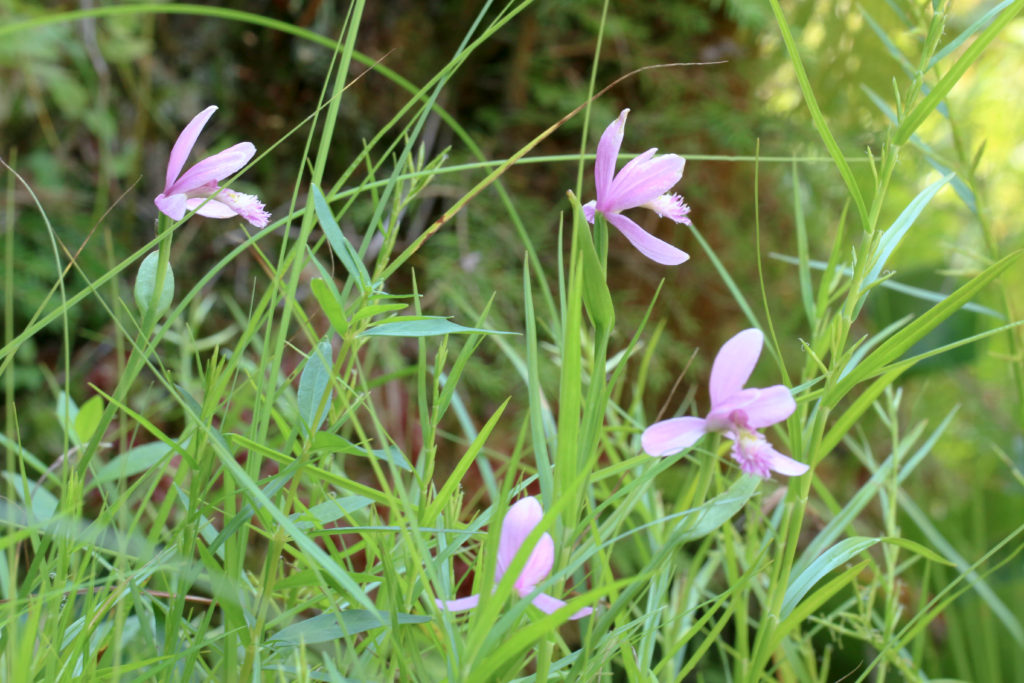
Rose pogonia (Pogonia ophioglossoides). Adirondacks, NY 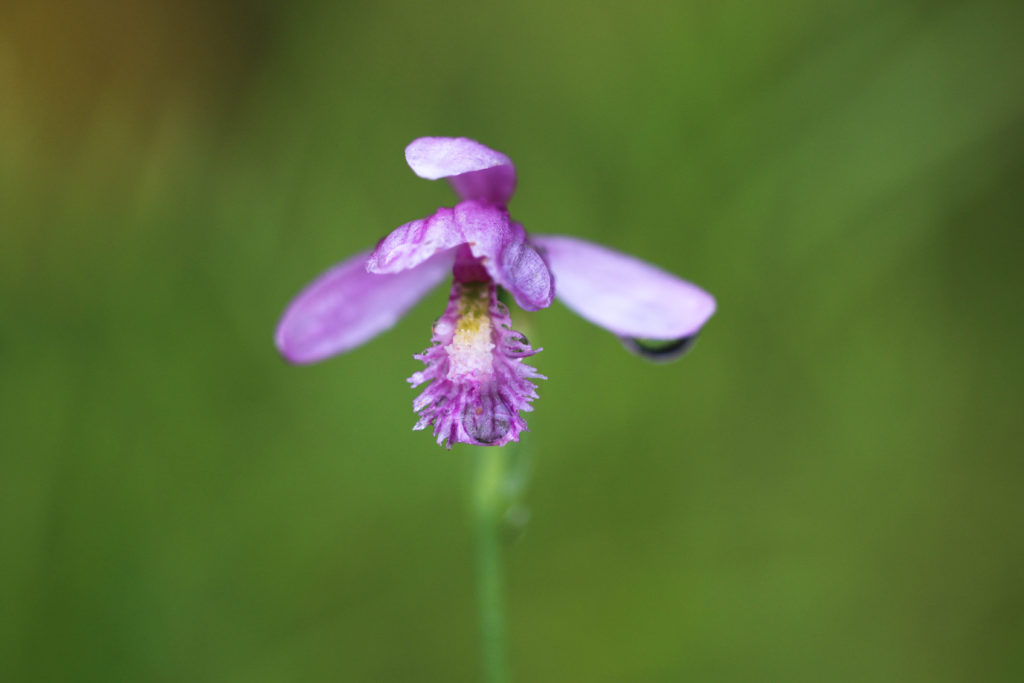
Rose pogonia (Pogonia ophioglossoides). Adirondacks, NY
The most plentiful plant of bogs is that non-vascular, spore-producing bryophyte: Sphagnum moss (Sphagnum species-Sphagnaceae). Basically a bog is this moss. It acts as a sponge to hold the atmospheric water in place. This moss is also the substrate for many of the other plants. While peat and sphagnum are not synonymous, most peat is mainly decayed sphagnum moss. It is the sphagnum that you sink into, and the moss that keeps the water acid so that humans who have fallen in 2000 years ago are well-preserved. The sphagnum moss (of which there are numerous species) make the luxuriant growth the spreads out in all directions and lets you know you’ve arrived.
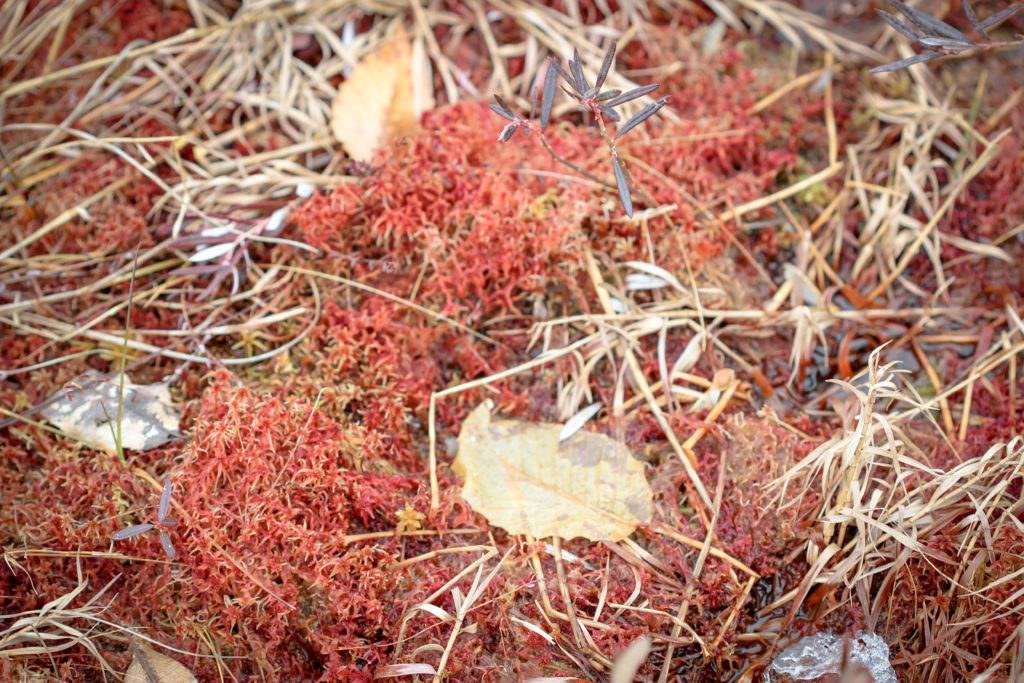
Sphagnum moss, McLean bog, NY 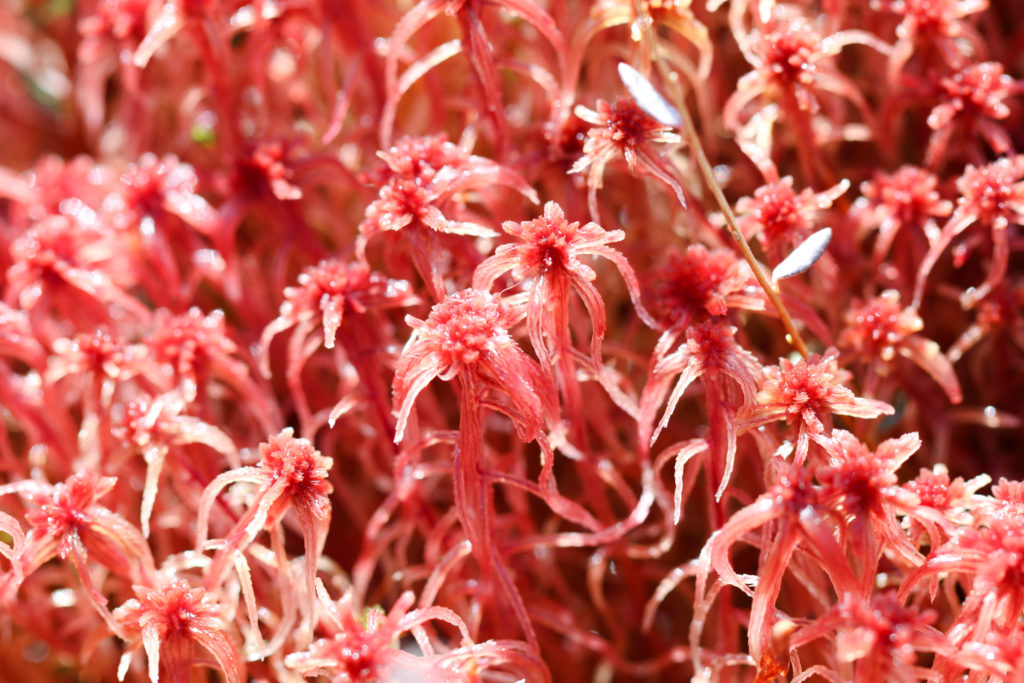
Sphagnum moss, McLean bog, NY
Personally, I like all of the types of wetlands. While generally a slog to move through them, there is much to be seen once in their clutches. It is just a matter of being prepared and enjoying the feeling of wet clothing and avoiding the buggiest hours. That said, I still like bogs best. Their vista allows ones head to roam elsewhere and still be present in the quagmire.

Marsh St. Johnswort (Triadenum fraseri). Adirondacks, NY 
Marsh skullcap (Scutellaria galericulata). McLean bog, NY 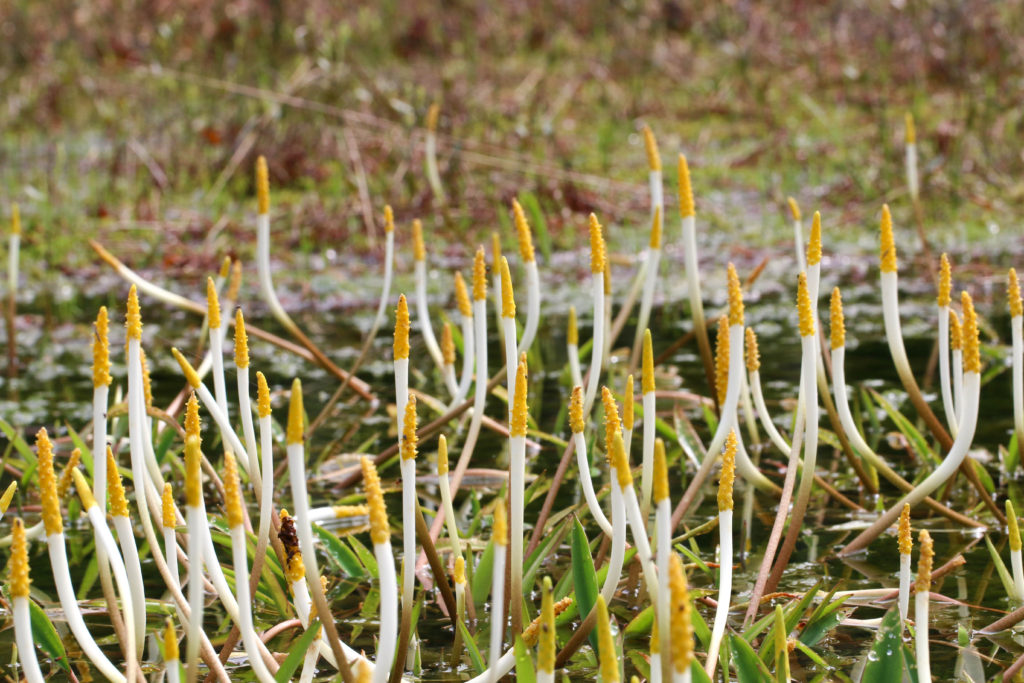
Golden club (Orontium aquaticum). McLean bog, NY. 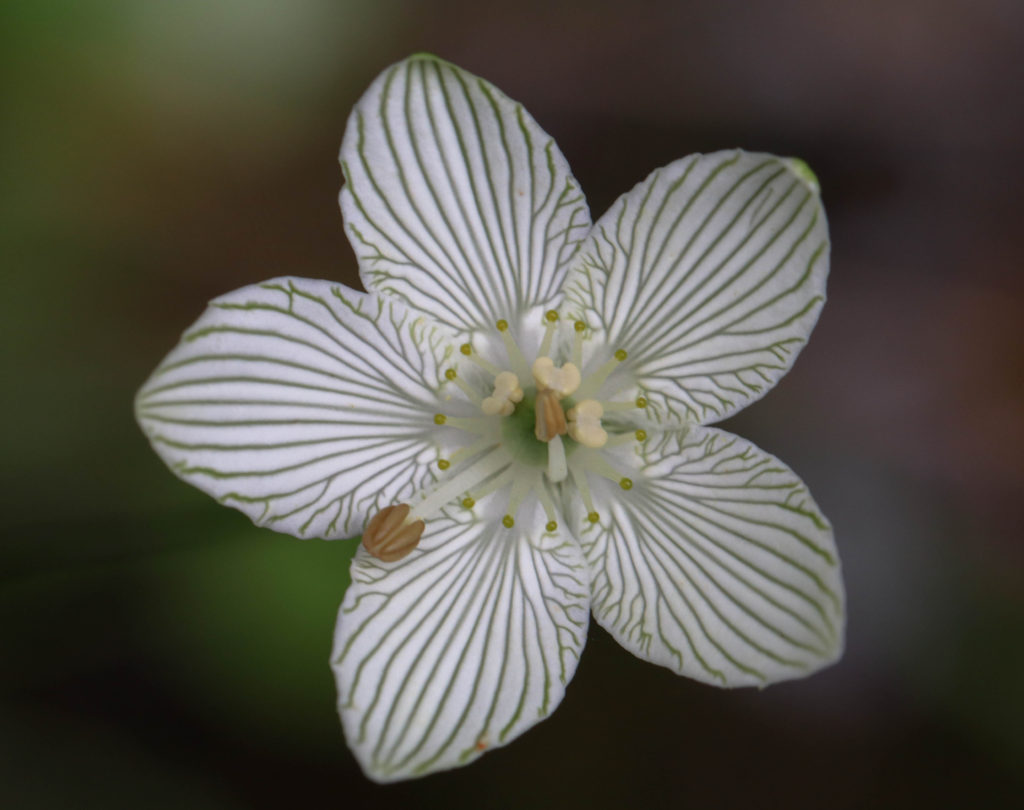
Grass of parnassus (Parnassia glauca). McLean bog, NY.
I will draw here. It is tempting to write about the other bog inhabitants. The various dragonflies and other insects, the amphibians, the way that the spores are shot out of the spore-producing capsules of the sphagnum moss. The showy orchids. All very intriguing. But what I most recommend is to find the closest bog, and immerse yourself there. Try to get there at different times of the year. The seasonal change here is evident, each one=

Hummingbird clearwing moth on Swamp milkweed (Asclepias incarnata). McLean bog, NY 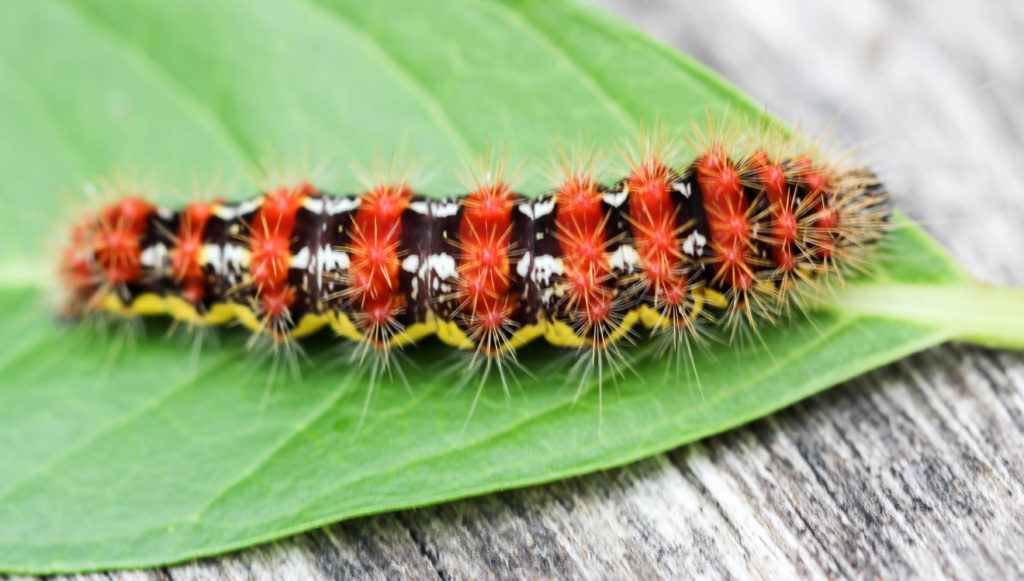
Smartweed caterpillar (Acronicta oblinita). McLean bog, NY 
Green frog (Rana clamitans). McLean bog, NY 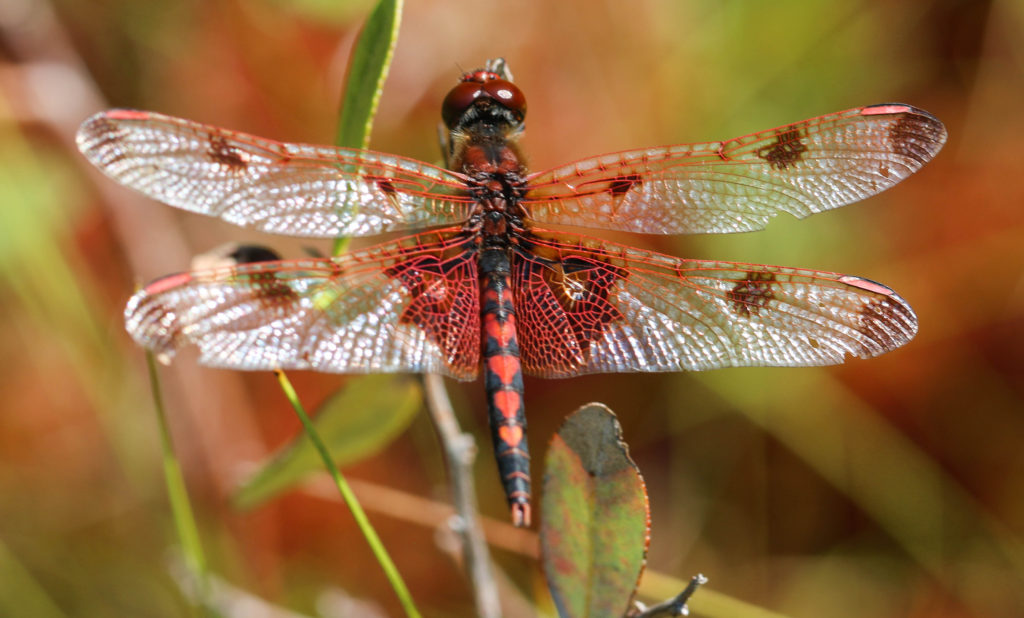
Calico pennant dragonfly (Celithemis elisa). Adirondacks, NY

Skunk cabbage (Symplocarpus foetidus). McLean Bog, NY 
Skunk cabbage (Symplocarpus foetidus). McLean Bog, NY
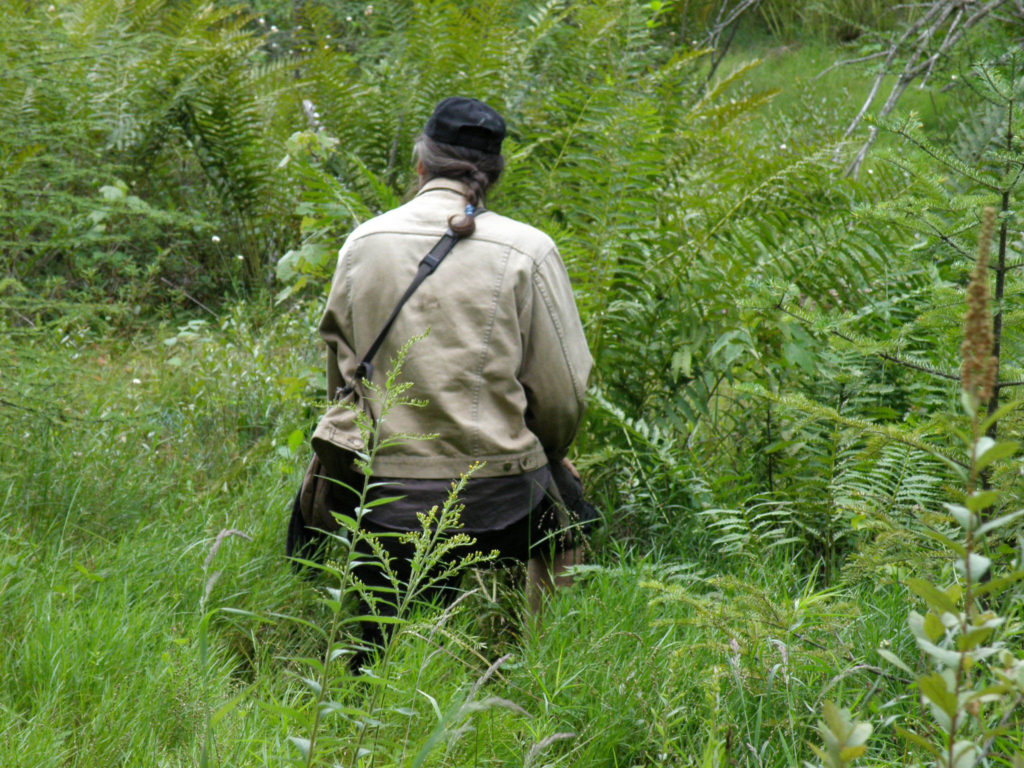
7Song in an Adirondacks bog
